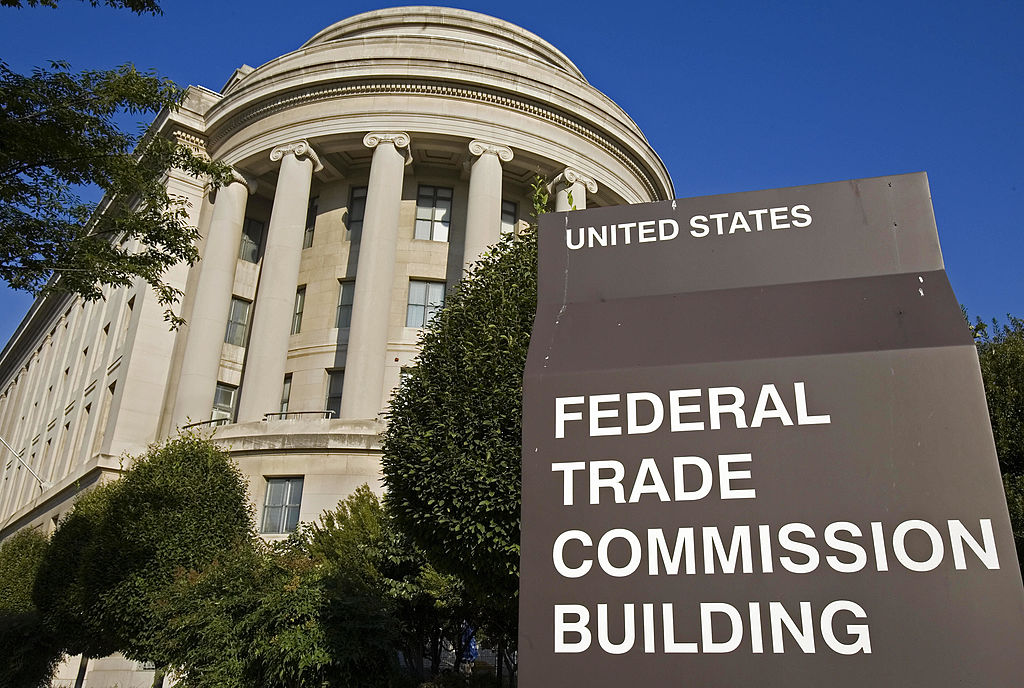FTC Report Targets ‘Dark Patterns’ That Deceive Online Users
Agency warns it is on the lookout for consumer manipulation

The Federal Trade Commission has issued a staff report showing the increasing use of “dark patterns” to manipulate consumers into buying products or giving up their information, and thus their privacy, online.
The report, titled “Bringing Dark Patterns to Light,” was released at the FTC's September public meeting — where it was approved by the commissioners 5-0 — and stems from a workshop in April 2021.
The report cited the case of smart-TV maker Vizio, which struck a multimillion-dollar agreement to settle FTC allegations that it had enabled a default setting that allowed the company to collect and share TV-viewing activity with third parties, but did so without sufficient notice to consumers, including by giving the setting the vague, pro-consumer sounding name of “Smart Interactivity.”
“While dark patterns may manipulate consumers in stealth, these practices are squarely on the FTC’s radar,” the report concluded. That includes where those practices violated the CAN-SPAM Act and Children’s Online Privacy Protection Act (COPPA).
The Network Advertising Initiative is OK with the FTC’s “goals” of cracking down on efforts “designed to trick and trap consumers, including disguised ads, difficult-to-cancel subscriptions, buried terms, and tricks to obtain data.” But it suggested the answer is self-regulation.
The NAI pointed out it has been recommending for months that its member companies follow its NAI Best Practices for User Choice and Transparency. ▪️
The smarter way to stay on top of the multichannel video marketplace. Sign up below.
Contributing editor John Eggerton has been an editor and/or writer on media regulation, legislation and policy for over four decades, including covering the FCC, FTC, Congress, the major media trade associations, and the federal courts. In addition to Multichannel News and Broadcasting + Cable, his work has appeared in Radio World, TV Technology, TV Fax, This Week in Consumer Electronics, Variety and the Encyclopedia Britannica.

